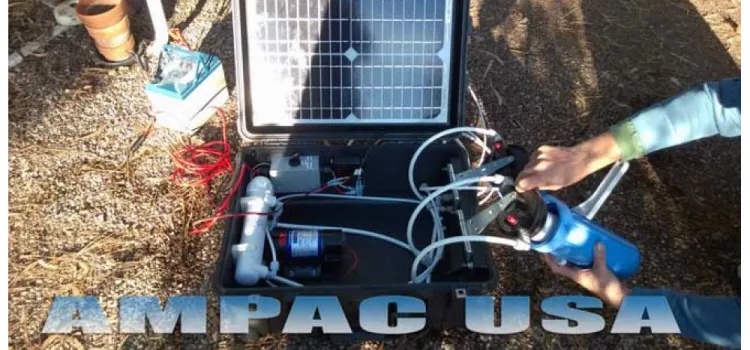Benedict KM, Reses H, Vigar M, et al. Surveillance for Waterborne Disease Outbreaks Associated with Drinking Water — United States, 2013–2014. MMWR Morb Mortal Wkly Rep 2017;66:1216–1221. DOI: http://dx.doi.org/10.15585/mmwr.mm6644a3
Provision of safe water in the United States is vital to protecting public health (1). Public health agencies in the U.S. states and territories* report information on waterborne disease outbreaks to CDC through the National Outbreak Reporting System (NORS) (https://www.cdc.gov/healthywater/surveillance/index.html). During 2013–2014, 42 drinking water–associated† outbreaks were reported, accounting for at least 1,006 cases of illness, 124 hospitalizations, and 13 deaths. Legionella was associated with 57% of these outbreaks and all of the deaths. Sixty-nine percent of the reported illnesses occurred in four outbreaks in which the etiology was determined to be either a chemical or toxin or the parasite Cryptosporidium. Drinking water contamination events can cause disruptions in water service, large impacts on public health, and persistent community concern about drinking water quality. Effective water treatment and regulations can protect public drinking water supplies in the United States, and rapid detection, identification of the cause, and response to illness reports can reduce the transmission of infectious pathogens and harmful chemicals and toxins.
The post Surveillance for Waterborne Disease Outbreaks Associated with Drinking Water — United States, 2013–2014 appeared first on Facts About Water.
Source: Water Feed








